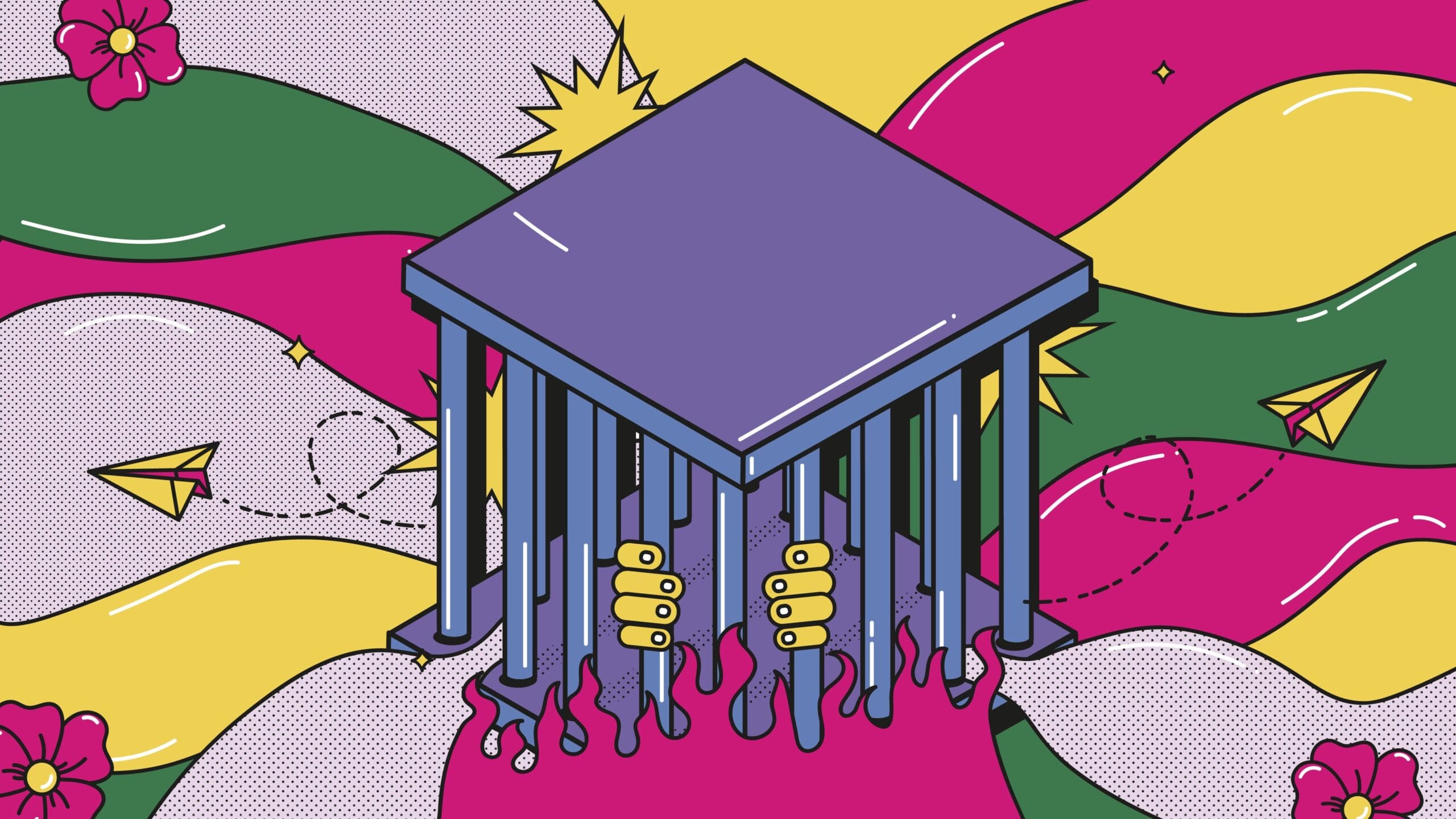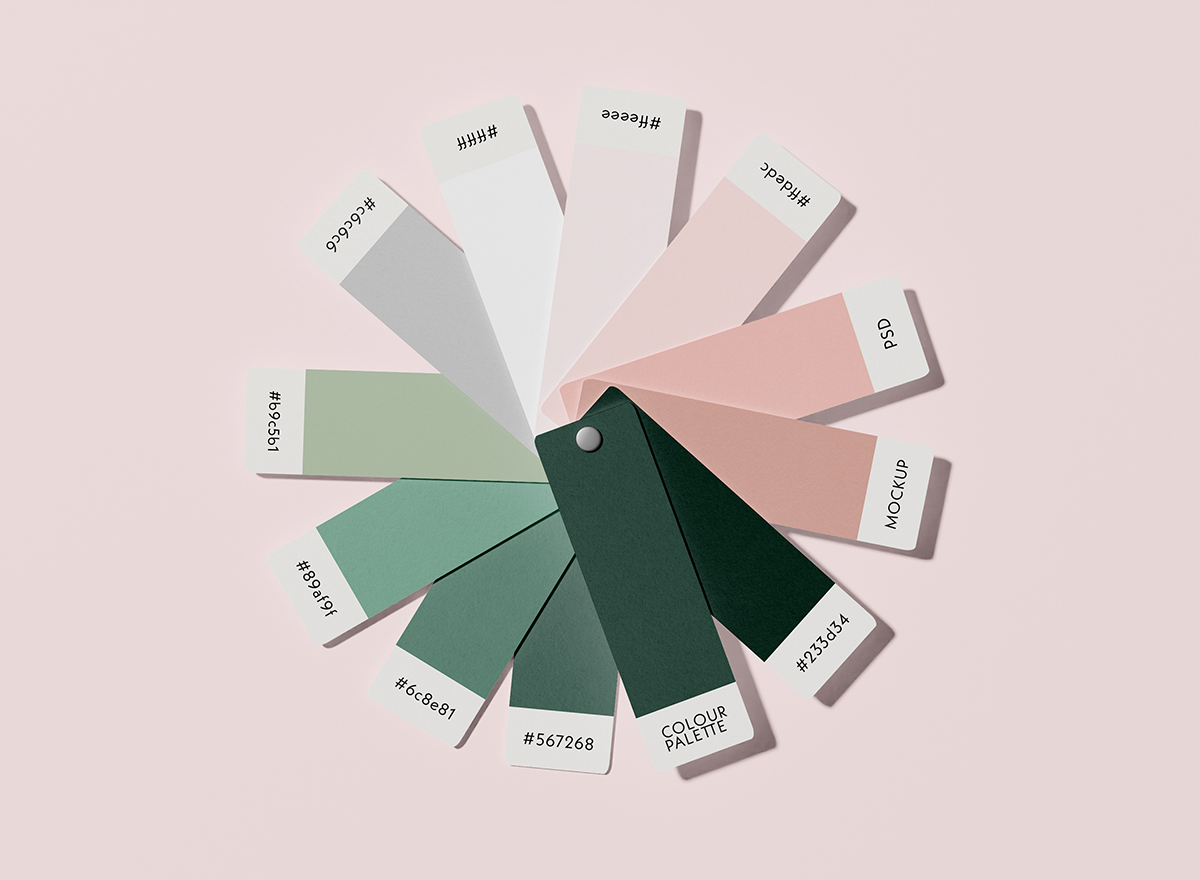Inspiration is typically derived from what goes on around us, the sharing of ideas, and the exploration of new places and concepts. Currently, I have no desire to travel but when inspiration originates from going travelling, seeing new places, how does staying in our safe little bubble affect us?
How do we maintain creativity in this current lockdown limbo that we are in?
If you are like me, the lockdown has exhausted the majority of your physical inspiration – yes, Netflix I am STILL watching. Luckily there is, however, still the magic of an endless stream of incredible creatives online and great books to generate those ideas.
Lockdown may have reshaped our inspiration but has it also reconstructed how and what we create.
Some creatives I have witnessed cease all creativity, finding these turbulent times to have triggered a severe creative block. Conversely, others are thriving.
Many of you may know that with hardship can come creativity, whether that adverse life experience is physical, psychological or circumstance. Take World War Two as an example. The creation of clever inventions, from penicillin to computers, as well as notable music releases and works of art, Pollock to Lichtenstein, occurred post-war.
The defence mechanism ‘sublimation’ as discussed by Freud, is said to occur when a person channels negative emotions and anxieties into something positive. Artistic expression was recognised as a particular means for channelling these emotions. Psychologists have taken a keen interest in this theory over the years, hypothesising that hardship may be key in cultivating creativity. This hardship may assist individuals in recognising creative solutions to their problem, whilst making connections and understanding others.
The question is – do creatives know how to channel their experiences into art? Or do adverse experiences lead to increased creativity?
As we stumbled into a worldwide dystopia earlier this year, our lives became restricted, many of us experienced the aforementioned hardship, we faced loss, loneliness, boredom. But did this hardship contribute to the sublimation discussed? What do we think these constraints do to conjure up creativity?
Too much freedom can lead us off course – unsure of what direction to take. Therefore in the confines of lockdown, we are forced onto one path with little means to stray. This provides more focused ideas, a process and ultimately better results. Additionally, with little else to do with ourselves, it provided us with the time to create and produce.
Adversity creates opportunity, and with a completely new reality, never experienced before, lateral thinking is encouraged, facilitating us with the ability to use our imagination to face challenges in a new way. Furthermore, adversity allows us the opportunity to realise our strengths and access aspects of ourselves that we did not know existed.
How do such confines affect differing disciplines, design can seem at times prohibitive but it is often these restrictions that force the designer to think, solve and to create, so how is design affected within further confines. And how is an art form of expression affected when we are facing adversity? We have less freedom but I believe this lockdown has allowed us to think differently and use creativity as an outlet for how we feel about what is going on in the world, and therefore the potential for the most interesting and inventive work created.
Either way – what I want to know is will all this loss lead to something of greatness? That once it is over we will be met with some of the best inventions and art of our time.
Who knows, but I am certainly interested to see.
There is already evidence of creativity forming, you only have to read the news or scroll through your social feed to have seen the influx of creativity, individuals unlocking their creative talents, others using their initiative to help others. Not only has the lockdown provoked creativity it has challenged the way we think, as we evolve in our response to social issues and the content we create, but I am also intrigued to see what’s next.



